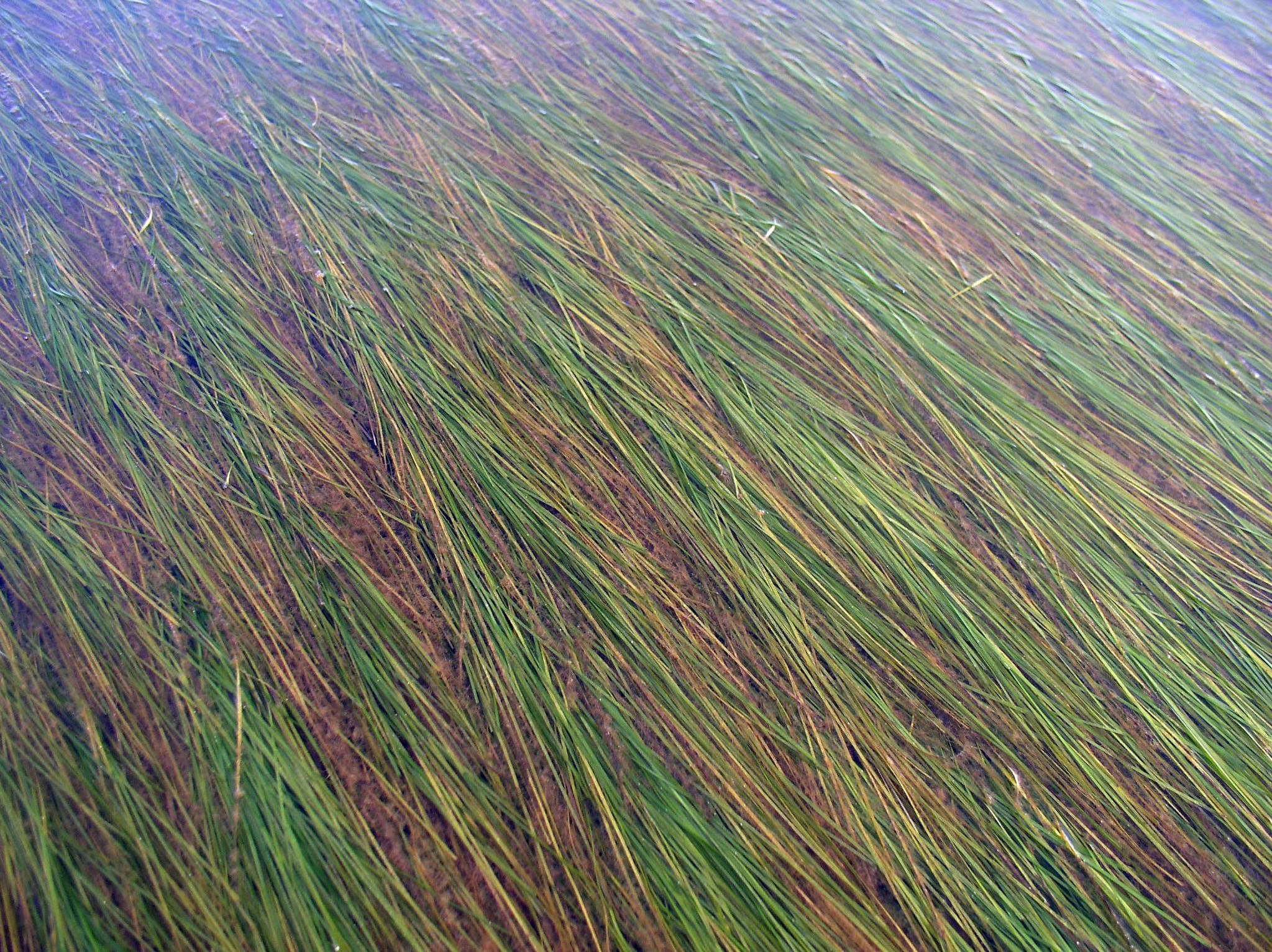Submitted by Washington State Department of Ecology.
The Washington State Department of Natural Resources Aquatic Resources Division applied with the Washington Department of Ecology to perform a project to restore eelgrass beds at Westcott Bay and other locations throughout Puget Sound.
A mixture of private and state-owned tidelands exists within Westcott Bay. The bay supports active aquaculture operations and recreational boating and moorage. Numerous residential mooring buoys occur within the bay. Transplants proposed along the west shoreline of the middle portion of the bay on state-owned aquatic lands. The project area will avoid all existing uses.
The project will transplant eelgrass at suitable sites on sub-tidal state-owned aquatic lands throughout Puget Sound. This project utilizes strategic eelgrass transplants as a restoration tool to support and accelerate eelgrass (Zostera marina) recovery efforts in Puget Sound. Restoration of eelgrass is intended to restore lost fish habitat, ecological services and support dispersal, recruitment and natural recolonization of potential eelgrass habitat. General site locations for restoration activities have been identified from a quantitative eelgrass site selection model that combines hydrodynamic, water quality, and eelgrass biomass models to identify suitable habitat conditions.
Eelgrass shoots will be harvested from existing beds and transplanted to restoration sites. Vegetative shoots and rhizomes will be secured to the substrate using degradable anchors (e.g., metal staples and rebar). Eelgrass seeds will be harvested from reproductive shoots and dispersed at restoration sites by hand.
Eelgrass is a primary producer that grows, rooted to the nearshore substrate, at depths ranging from +1 meters to -13 meters. Eelgrass mitigates the effects of ocean acidification by utilizing the excess CO2 in the marine waters of Puget Sound. Eelgrass improves water clarity and quality by slowing water movement and allowing particulate matter to settle to the bottom and by sequestering nutrients from the water column. Eelgrass also stabilizes the nearshore environment by binding fine-grain sediments with its belowground rhizome and root matte.
Nearshore alteration and development have contributed to widespread historical losses of eelgrass. More recent DNR monitoring has documented continued declines and even complete disappearance of eelgrass beds within localized areas throughout Puget Sound. Eelgrass transplants represent one component of a multipronged recovery strategy being collaboratively developed by local, state, and federal agencies, tribes and interested organizations. The proposed transplants are for restorative purposes only and are not associated with compensatory mitigation.
Currently proposed projects include transplanting up to 15 acres of eelgrass. However, the establishment of new eelgrass beds and natural expansion, both through vegetative growth and sexual reproduction, will colonize areas much larger than the transplant footprint. Additional restoration sites will be identified as connections with stakeholders expand and future funding opportunities become available. Ongoing work is expected to continue through 2030.



